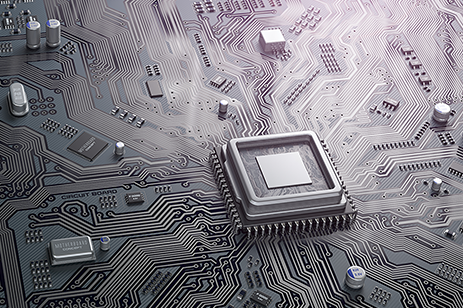
When it comes to embedded computing architectures for defense and aerospace applications, several questions should be asked when selecting the processor (or processors), such as:
- Can a standard central processing unit (CPU) handle all required tasks?
- Is a graphics processing unit (GPU) or a field-programmable gate array (FPGA) needed?
- What architecture considerations should factor into your decision for minimizing size, weight, and power (SWaP)?
- Since the end goal of most systems is to implement an algorithm to perform some predetermined task or function, which architecture is going to achieve the goals?
CPU
The CPU is the brain of what people typically think of as a computer. It runs an operating system (OS), as well as user applications. It can receive inputs from the user or other devices, execute a series of instructions, and finally output a result of those instructions to a screen, a printer, another program, etc.
CPUs contain at least one processor core, the individual processing unit that receives and executes instructions for a computing task. Modern CPUs are traditionally multi-core processors, having anywhere from two to 64 cores. Most modern computers contain multiple CPUs, each with integrated cores that often support double the number of virtual cores (known as threads). For example, an application server with two 16-core CPUs may have a total of 32 cores and 64 threads. Multi-threading enables more simultaneous work to be accomplished at a time, which improves the overall computing throughput. However, multi-threading may reduce throughput in some instances, like I/O bound operations.
When talking about the speed of a processor, we typically look at two principal factors: the clock rate and the instructions per clock (IPC). Your CPU processes many instructions (low-level calculations like arithmetic) from different programs every second. The clock rate measures the number of cycles your CPU executes per second, measured in gigahertz (GHz).
Login and download the white paper to review popular processor architectures to help you make an informed decision when defining your electronics payload.